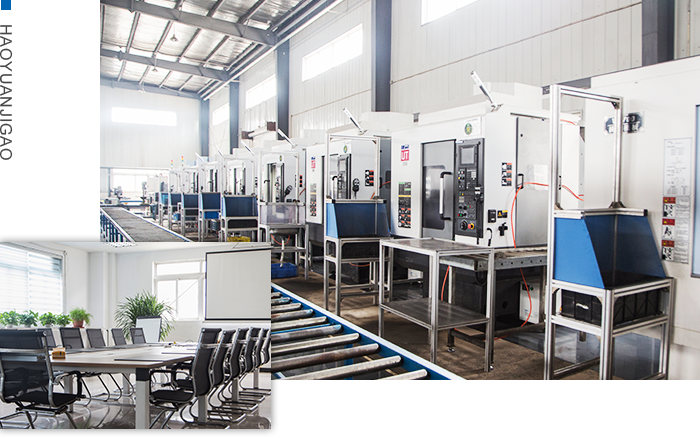ABOUT US
about
Professional aluminum alloy die casting, zinc alloy die casting, precision machining
Tianjin Haoyuan Jigao Machinery Parts Co., Ltd. was founded on January 20, 2015, with a plant area of 13000 square meters and a registered capital of 5million yuan (RMB). It is located at No. 99, Yonglian Road, Shuangtang Hardware Industrial Park, Jinghai District, Tianjin, close to Beijing Shanghai Expressway and Tianjin Cangzhou Expressway; It is the director unit of Tianjin Die Casting Association. The company specializes in producing aluminum alloy die castings and zinc alloy die castings; Precision machining, surface treatment and parts assembly manufacturing enterprises. Zinc alloy die-casting production lines: 45t, 88T die-casting machines, aluminum die-casting full-automatic production lines: Dongyang 350t, Haitian 180t, 300t, 400t, 500t, 800t die-casting machines, precision machining centers, CNC lathes; It provides customers with high-quality one-stop portable services of "mold processing, die-casting molding, machining, surface treatment and component assembly". The products are widely used in the fields of auto parts, lighting fixtures, mechanical accessories, electronic appliances, electric tools, LED lighting, communication products, Wujin accessories and so on.
